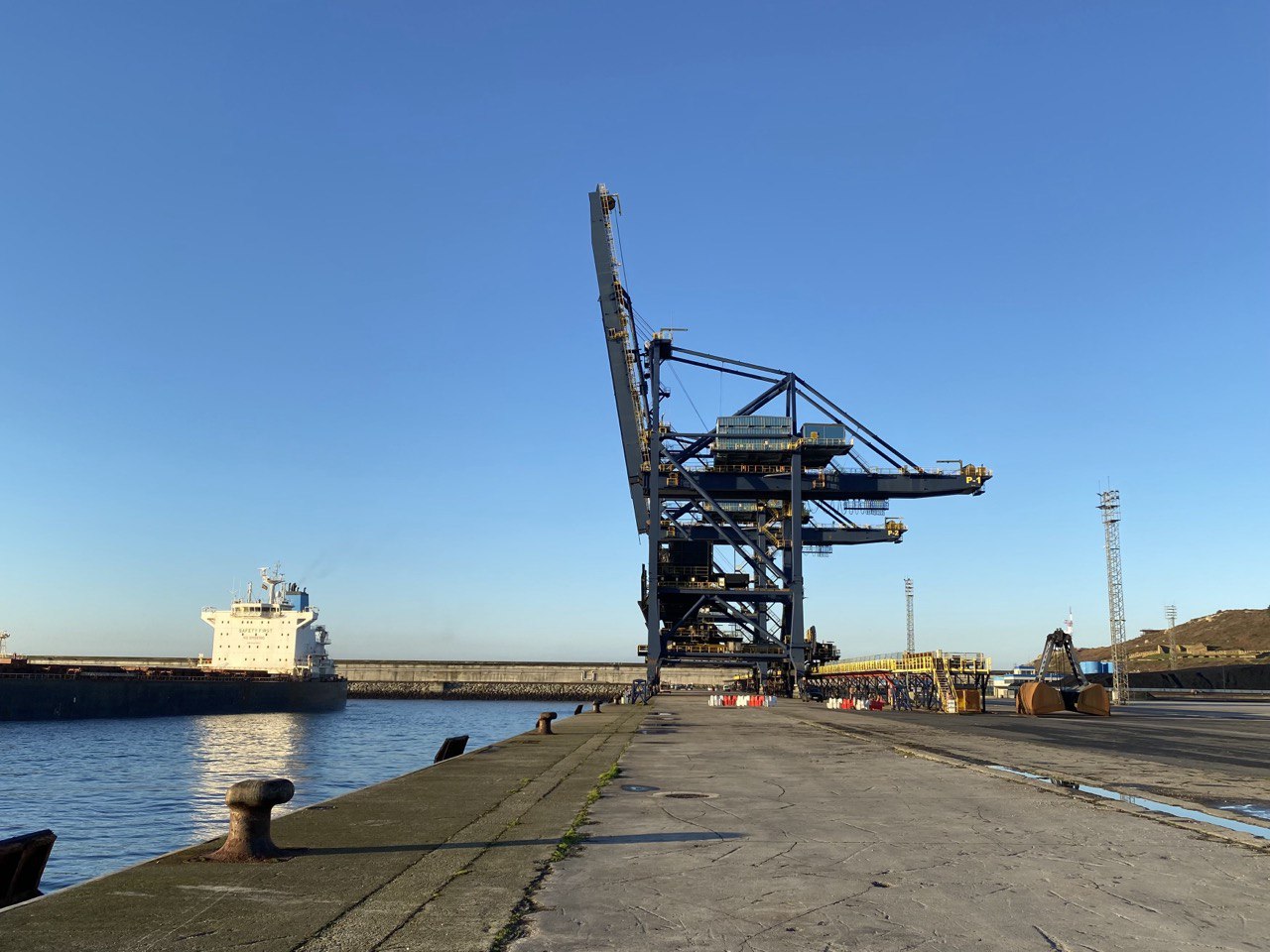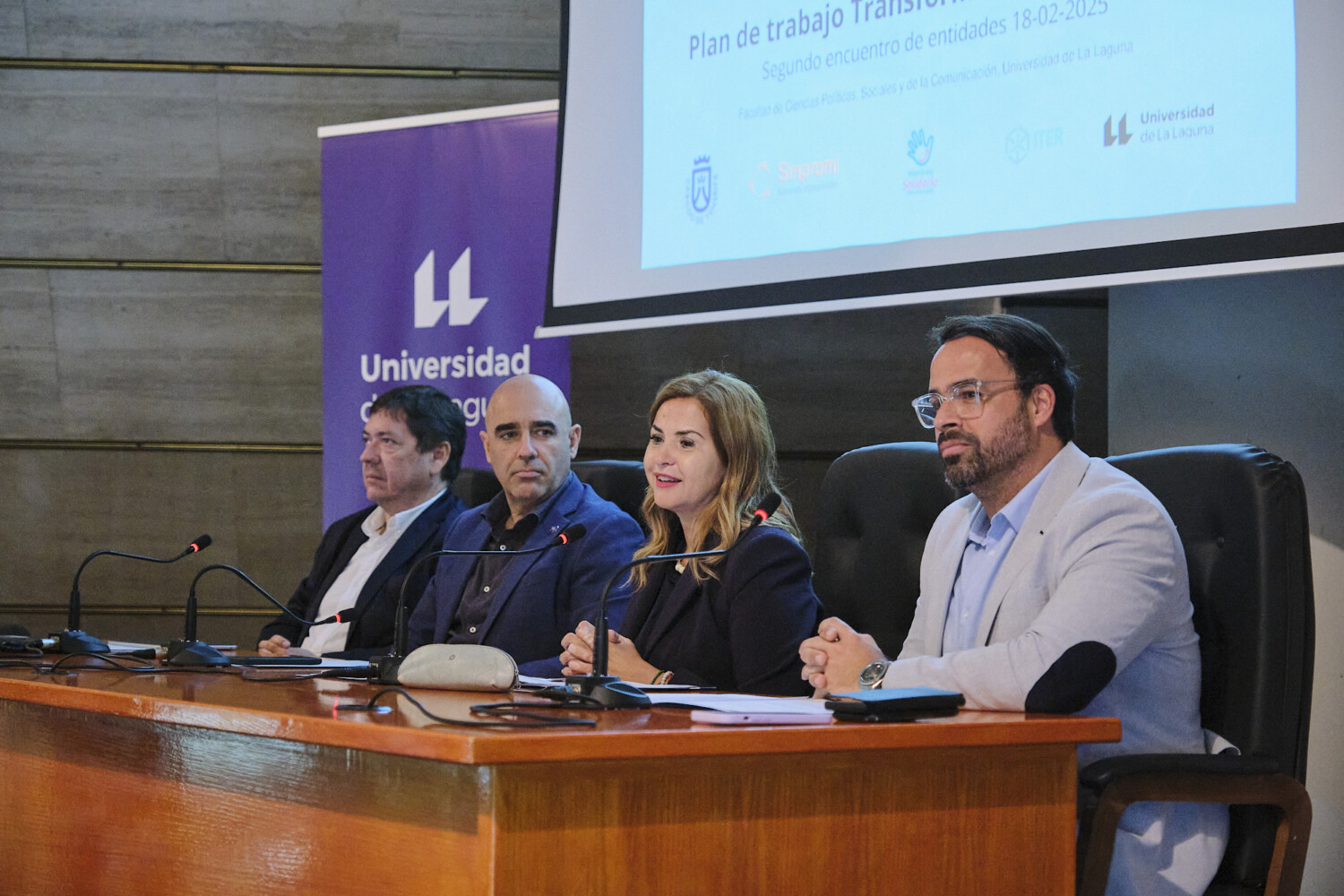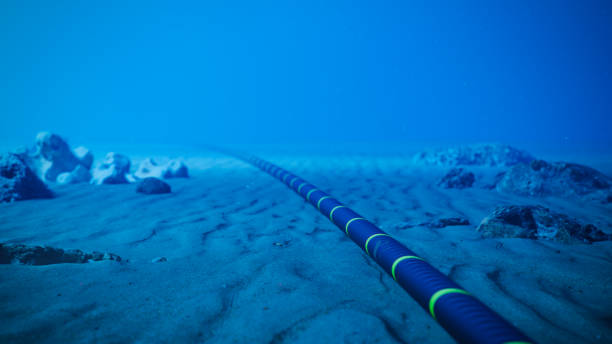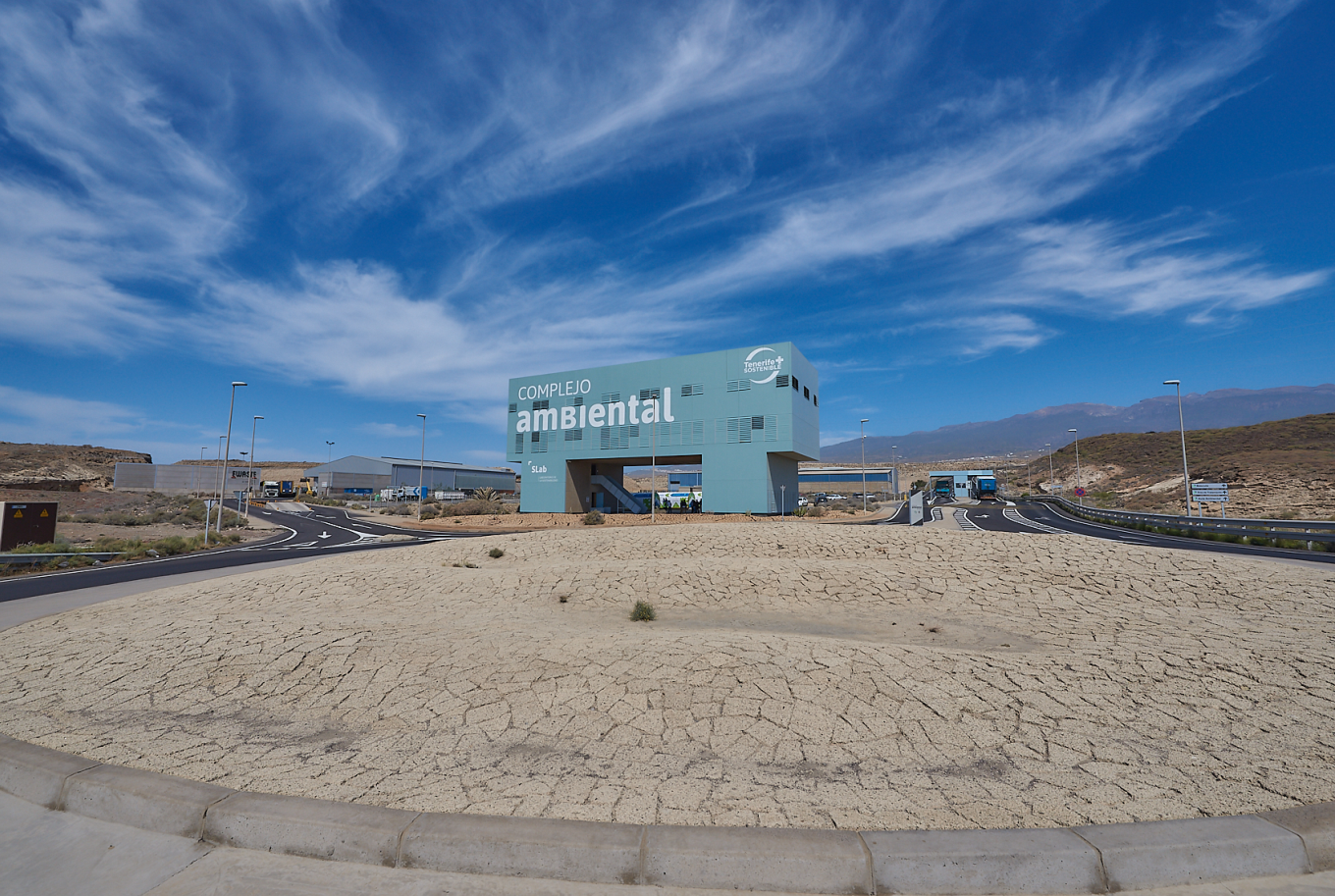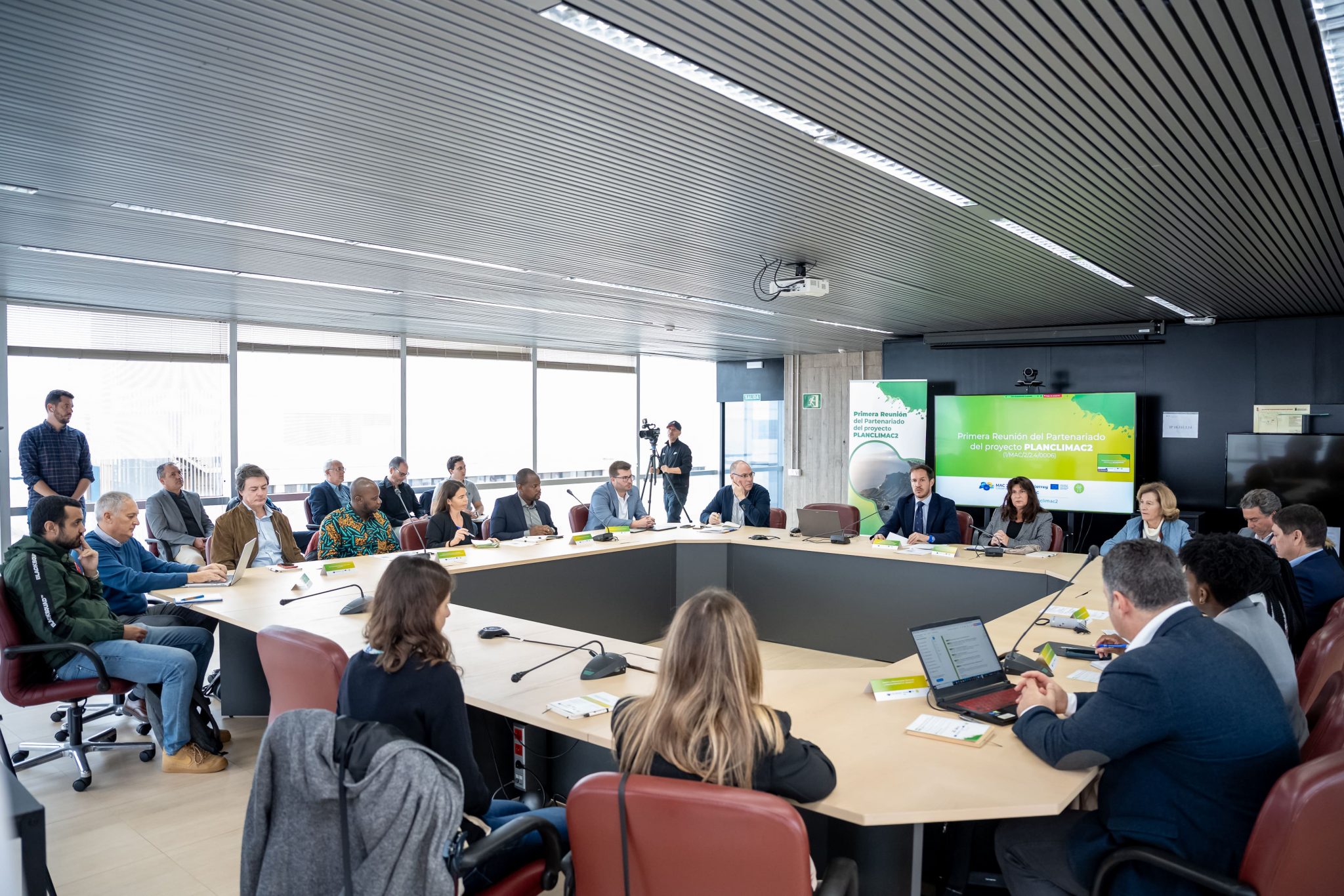- The ports of Ferrol, Granadilla and Leixões (Porto) will be pioneers in demonstrating how digitalization and AI enable docks to become green energy generation platforms at competitive prices and renewable energy innovation laboratories.
- Over the next three years, more than 70 megawatts are expected to be installed by 2030 in the three docks.
- The implementation of the ENEPORTS initiative, led by the Instituto Tecnológico de Galicia (ITG) and involving the Instituto Tecnológico y de Energías Renovables (ITER) and Puertos de Tenerife, will encourage new renewable agents to set up in the port area, with the socio-economic benefit for the regions of sustainable and innovative industrial growth.
The ports of Ferrol, Granadilla and Leixões (Porto) will be pioneers in demonstrating how digitalization and Artificial Intelligence (AI) allow ports to become green energy generation platforms at competitive prices and innovation laboratories in renewable energies. It will be within the framework of the ENEPORTS initiative, a European consortium led by the Instituto Tecnológico de Galicia (ITG) and involving the Instituto Tecnológico y de Energías Renovables (ITER) and the Port Authority of Santa Cruz de Tenerife, which seeks to show the essential role of digitalization in the decarbonization of ports and in the efficient consumption and generation of green energy.
The ENEPORTS project, presented last week at the port of Ferrol, will promote the creation of three pilot projects in the docks of Ferrol, Granadilla (Tenerife) and Leixões (Oporto). Thus, in the three years of duration of this initiative, three intelligent digital platforms will be designed, tested in the laboratory and put into operation, which will allow the management of new renewable energy sources and consumption in the three ports, which will allow avoiding each year more than 72,250 tons of CO2 – equivalent to the annual emissions of 16,800 people -, contributing to clean air in the urban areas of Ferrol, south Tenerife and Oporto.
Specifically in Ferrol, it is expected that onshore wind and photovoltaic energy will be installed in Ferrol, with the capacity to produce more than 43 GWh/year, the energy needed to power more than 4,300 Galician homes. In Leixões, in addition to these technologies, a wave energy prototype will be added, and the sum of the three will generate more than 20 GWh/year, equivalent to powering more than 6,100 Portuguese homes. In Granadilla, offshore wind and wave energy will be used to produce more than 200 GWh per year, which could power more than 21,700 Tenerife homes. In total, the three ports plan to install more than 70 megawatts by 2030.
This initiative also promotes innovation in new renewable technologies by studying the feasibility of using devices in ports that combine photovoltaic, hydraulic and mooring line tension generation on a single platform. It is also studying how to improve control with automatic learning techniques. All this will enable the three ports to achieve carbon neutrality around 2035.
The port authorities of Ferrol, Tenerife and Leixões, together with the centers participating in the initiative, have already begun studying the administrative and technological requirements for creating these innovative energy ecosystems in their areas, as well as evaluating their economic, social, environmental and technological impacts.
ENEPORTS has a budget of more than 2.8 million Euros, financed in part by the Interreg Atlantic Area call, with the participation of ITG, the Port Authority of Ferrol, Tenerife, Leixões (Portugal) and Galway (Ireland), as well as the University of Galway, Builders École d’Ingénieurs and the Technological and Renewable Energy Institute of Tenerife.
Digitization and green energy generation pilot initiatives
These pilots are based on the development of intelligent platforms for energy monitoring and management. Their deployment in ports will demonstrate in practice the feasibility of port renewable energy communities. These platforms will use predictive algorithms, digital twins, machine learning and advanced analytics tools to efficiently control energy flows and internal energy market rules, while ensuring interoperability and cybersecurity.
Part of the novelty of the project lies in the creation of replicable methodologies for port authorities in terms of involving industries and administrations; assessing the economic, environmental, social and technological impacts of hybrid systems; and raising awareness of the benefits and social acceptance of green ports.
In the words of Santiago Rodríguez Charlón, Director of ITG’s Energy Area, “ITG leads this consortium and provides its intelligent energy management platform developed for energy communities, which we will adapt for each port area, hand in hand with our partners and the port authorities, installing specific monitoring and control systems and developing digital twins of the renewable systems. In addition, we will support port authorities in designing the methodology for the deployment of renewable laboratories.”
ITER will perform a wide range of tasks in the framework of this project. From the analysis of the integration requirements of various energy sources and power quality criteria in self-consumption systems, to the electrical simulation of the grid to identify stable operating conditions of hybrid energies combining generation and storage sources. In addition, it will be responsible for the validation of hydrogen technologies for integration into port power supply systems (OPS). In the field of digitalization, ITER will carry out, in collaboration with ITG, the installation and commissioning of a network of monitoring equipment, followed by the development and deployment of an intelligent digital platform for the supervision and energy control of infrastructures. Finally, it will be responsible for the exploitation of data using artificial intelligence techniques to create a decision-making tool in the operation of the energy system in port environments.
A European consortium to promote port decarbonization
In a medium-sized Atlantic port, the powering of ships at berth by fossil fuels represents between 80% and 95% of the emissions of the entire port area. Ports are therefore aiming to provide ships with some form of power supply solution during berthing, known as “cold ironing” or OPS (“onshore power supply”). These developments present a number of technological challenges for ports, including the integration of new consumption and new renewable sources into the power grid, and their energy management. They also present opportunities to create new services, markets and infrastructures that can benefit their customers, their concessionaires and their neighbors.
The ENEPORTS initiative has been formed to study these challenges and opportunities in Atlantic ports, their potential impacts, and propose methodologies and recommendations to address these challenges, exploit the opportunities, and manage the impacts; including the creation of test zones for new renewable generation technologies, the installation of OPS, the formation of inland energy markets, and electricity management with storage, digitalization and artificial intelligence.
The most relevant lasting effect of ENEPORTS will be the economic improvement of the regions where the pilots will be carried out. Decarbonization and digitalization initiatives in ports can encourage the deployment of new blue/green energy prototypes and the installation of new industrial operators, electro-intensive industries and renewable energy manufacturers, attracted by green energy at competitive prices, boosting innovation, investment and labor reconversion in the vicinity of port areas; while respecting environmental and social needs, and reducing CO2 emissions and pollution in port environments in alignment with European regulations.


